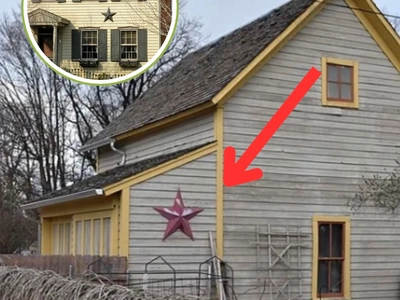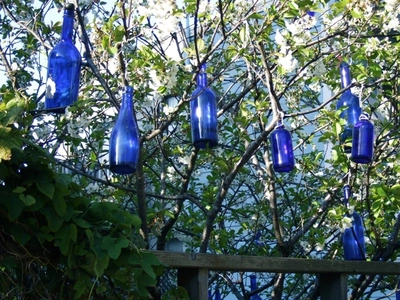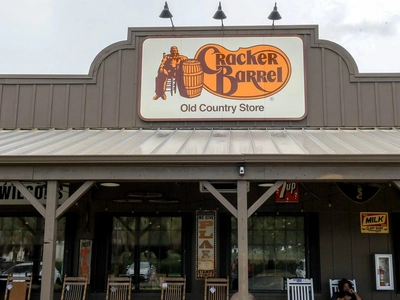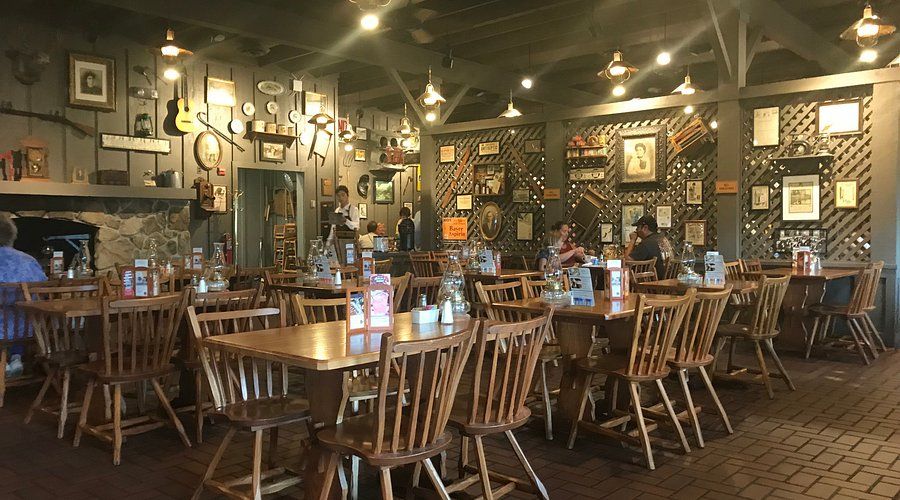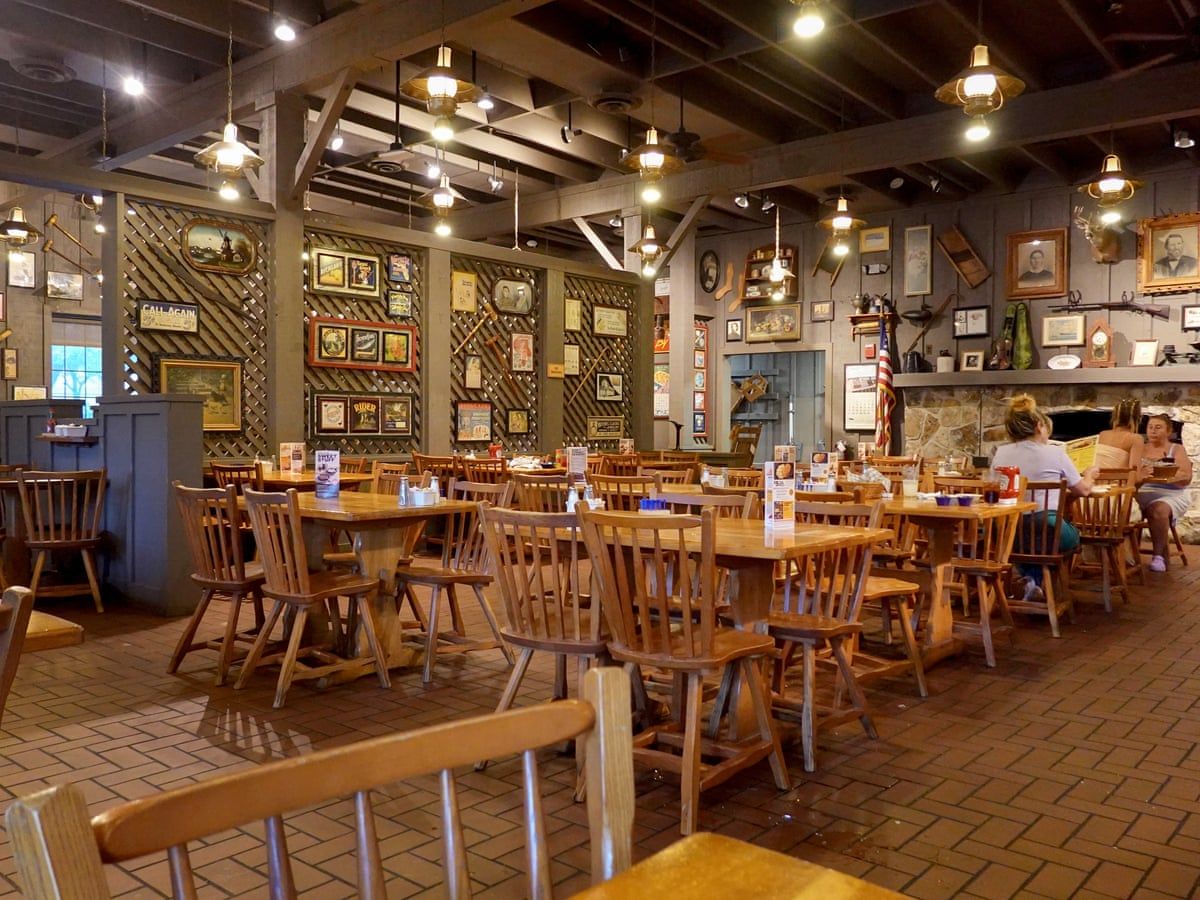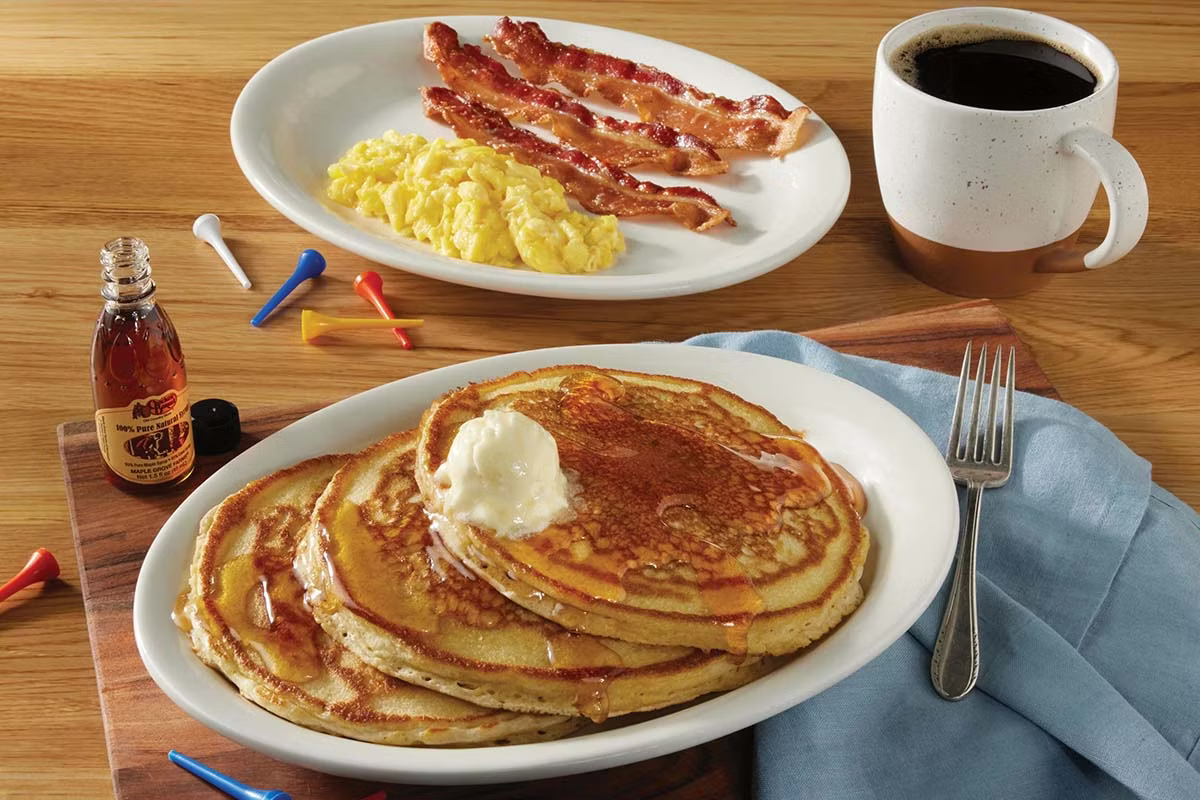If You Spot A Home With A Star On It, Here’s What It Means
In the final days of December 2020, a strange rumor began sweeping across social media, causing confusion and curiosity in equal measure. A viral post claimed that houses displaying large five-pointed stars—those rustic metal decorations often seen on barns or front porches—were actually sending out a secret message. According to the post, these stars supposedly marked the homes of “swingers,” a term referring to couples who engage in partner swapping. The internet, of course, ran wild with the idea. Thousands of people shared the claim, and before long, perfectly ordinary homeowners started wondering whether their simple piece of farmhouse décor was sending the wrong signal.
But as it turned out, the truth behind those stars was far less scandalous—and far more interesting.
When people began digging deeper into the origins of this rumor, there was no solid evidence to back it up. In fact, the claim had no real foundation at all. It wasn’t part of any official swinger symbol or secret community code. The earliest known mention of the idea could be traced all the way back to 2007, in a post on a now largely forgotten message board called StrippersOnline. More than a decade later, that same baseless idea somehow found new life in the age of viral memes and Facebook gossip. Websites like Distractify investigated the claim and easily debunked it. Still, the rumor had already taken on a life of its own, proving once again how easily misinformation spreads when it’s wrapped in mystery.
To understand the real story behind those stars, you have to look at their true name—barn stars—and their long history in American culture. These decorative stars, often made of painted metal and typically five-pointed, aren’t symbols of secret societies or underground lifestyles. They’re actually rooted in old Pennsylvania Dutch traditions that go back centuries. Sometimes called “Amish barn stars,” they have been hanging proudly on barns and homes since long before social media even existed.
The Pennsylvania Dutch, despite what the name might suggest, aren’t Dutch at all. The term “Dutch” comes from the word Deutsch, meaning “German.” These were settlers from southern Germany who made their way to the United States in the 17th and 18th centuries, primarily to Pennsylvania. They brought with them a rich blend of customs, craftsmanship, and folklore that would shape the identity of rural Pennsylvania for generations. Among their many traditions, barn stars became one of the most visible symbols—a simple yet powerful emblem of pride, protection, and good fortune.
According to local sources like The Voice, a news outlet in Ontario, Canada, barn stars are most commonly seen on the homes of families with Pennsylvania Dutch roots. To them, these stars aren’t just decorative pieces; they carry meaning, history, and a sense of continuity. They remind people of where they came from and what values their ancestors stood for. The stars are as much a part of the Pennsylvania landscape as covered bridges and red barns, symbolizing the quiet strength and enduring faith of rural life.
But what exactly do these stars mean? Well, that depends on who you ask.
Over the years, barn stars have gathered layers of symbolism, not unlike the way family heirlooms collect stories. Some people see them as talismans of good luck, a way to invite prosperity into the home or farm. Others view them as protective symbols meant to ward off evil spirits or misfortune. Local legend says that early settlers believed the star’s five points represented the five elements—earth, air, fire, water, and spirit—working together in harmony. Whatever the interpretation, the meaning has always been positive, connected to blessings and balance rather than anything scandalous.
Interestingly, even the colors of barn stars have been said to hold different meanings. A black star might symbolize protection, while a blue one could represent peace and calm. Green is sometimes linked to growth and fertility, while white stands for purity and hope. Red often symbolizes strength or passion. Of course, in modern times, most people choose the color simply because it looks good against their house’s exterior. Still, these color associations add another layer of charm to the tradition—part folklore, part art, and part family history.
Barn stars first appeared on actual barns, not houses. In rural communities across Pennsylvania, Maryland, and parts of Ohio, you could drive for miles and spot them on weathered wooden structures, their points catching the afternoon sun. Farmers often placed them above barn doors or in the center of gables, believing they would bring luck to their livestock and protect the harvest from bad weather. Over time, the stars became so closely associated with rural Americana that they spread beyond Pennsylvania, becoming a popular country-style decoration all across the United States.
In fact, by the mid-20th century, barn stars had entered mainstream American home décor. They started appearing on suburban porches, garden fences, and living room walls. You could find them in craft stores, antique shops, and even big-box retailers. People liked the rustic charm they brought, a small reminder of simpler times and honest craftsmanship. The star’s appeal was universal—it worked equally well on a modern farmhouse, a cabin in the woods, or a cozy city apartment trying to capture a bit of country warmth.
Still, despite their widespread popularity, many people didn’t know the story behind them. So when that viral rumor popped up online, it caught on precisely because it sounded secretive and outrageous. The idea that a piece of innocent décor could carry a hidden, risqué message was just too tempting for the internet to ignore. People posted photos of their neighbors’ homes, joked about “swinger stars,” and even claimed to see them popping up in their neighborhoods. Some homeowners were genuinely alarmed, wondering whether they should take their stars down before someone got the wrong idea.
The truth, though, is much simpler—and far more wholesome. Hanging a barn star has never been about secret codes or hidden meanings. It’s about heritage, good fortune, and the beauty of tradition. The Morning Call, a local newspaper in Pennsylvania, reported that these stars are deeply ingrained in the region’s culture. They’re part of the visual language of the Pennsylvania countryside, much like hex signs—the brightly painted circular designs also found on barns, which often feature hearts, tulips, and geometric patterns meant to bring good luck and happiness.
In many ways, the barn star represents a bridge between the old and the new. It connects modern homeowners with their ancestors, carrying forward a legacy that’s both artistic and spiritual. When someone hangs a barn star today, they might not think of it as a religious or mystical act, but they’re still participating in a tradition that’s hundreds of years old. It’s a quiet nod to craftsmanship, perseverance, and the simple hope that good things will come to those who care for their home.
It’s also worth noting that the barn star’s five-pointed shape has appeared throughout human history in countless cultures, long before it became a piece of Americana. The five-pointed star has symbolized everything from guidance to balance to protection. Sailors once used stars to navigate; in that sense, the star represented direction and safety. In Christianity, it can represent the Star of Bethlehem, a symbol of divine guidance. In ancient times, the pentagram was often seen as a protective symbol, guarding against evil forces. That universal resonance—the idea that a star brings light and hope—may be part of why the barn star feels so timeless.
Despite all that, the internet rumor still pops up now and then, usually as a meme or a tongue-in-cheek joke. Some people play along, using it as a way to poke fun at how easily misinformation spreads. Others take it more seriously, unsure whether they should keep their stars up. But the reality is clear: there’s absolutely no connection between barn stars and swinging culture. It’s a modern myth born from misunderstanding, mischief, and the endless creativity of online gossip.
The real story—the one rooted in history—is far more heartwarming. Imagine a farmer in 19th-century Pennsylvania, hammering a handmade wooden star above his barn door. Maybe he carved it himself during the winter months, painting it in bright colors to stand out against the weathered boards. To him, it wasn’t decoration—it was a promise. A promise of safety for his animals, a good harvest, and a home filled with blessings. Over time, his children and grandchildren carried on the tradition, replacing the old wooden stars with metal ones that could better withstand the elements. The meaning stayed the same: hope, protection, and gratitude.
Today, when you drive through rural America and spot one of those stars on a home, you’re seeing a continuation of that story. Each star tells a quiet tale of craftsmanship, family, and faith. It’s a link to the past, shining modestly against the siding or the brickwork, unnoticed by most but deeply rooted in the land’s history. For many, it’s also a reminder that beauty can exist in simple things—a single shape, a small symbol, standing for all the good we wish for our homes and loved ones.
Ironically, the viral rumor may have given the barn star even more attention than it’s had in years. After the online frenzy, people who had never heard of Pennsylvania Dutch culture suddenly found themselves reading about it. They learned about the settlers who built those sturdy barns, the traditions that shaped rural America, and the folk art that continues to inspire modern design. In that sense, something positive did come out of the confusion: a renewed interest in cultural heritage and craftsmanship.
Of course, the lesson here goes beyond just barn stars. It’s a perfect example of how easily misinformation spreads in the digital age. A single unverified post from years ago can suddenly explode into viral fame, changing how people see an entire symbol. In a world where stories travel faster than facts, a little curiosity and research can go a long way. One quick look at history was all it took to uncover the truth—and to restore the humble barn star to its rightful place as a symbol of pride, not gossip.
So, if you happen to see one of those five-pointed stars on someone’s house—or maybe you have one hanging on your own—there’s no need for second thoughts. That star isn’t sending any hidden messages or secret signals. It’s simply doing what it has always done: standing as a quiet emblem of good fortune, tradition, and the enduring beauty of rural life. It’s a reminder that sometimes, the simplest things carry the richest stories. And that even in a world full of rumors, truth still has a way of shining through—bright, steady, and unmistakably genuine, like a star in the night sky.
